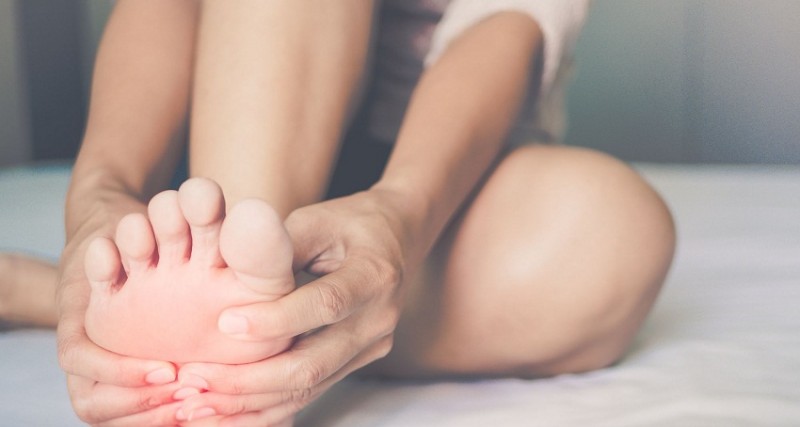
Muscle cramps, those sudden, involuntary contractions that leave you wincing, are a common experience. They can strike anywhere in the body, from your calves to your toes, and can be incredibly painful. While the exact cause remains a bit of a mystery, there are several factors that can contribute to cramps, and some effective ways to manage them.
Understanding the Cramp:
A muscle cramp is an involuntary tightening of a muscle fiber. It's like a temporary glitch in the communication between your nerves and muscles, causing them to contract and stay contracted. This can happen due to various reasons, some of the most common being:
Dehydration: When you're dehydrated, your body loses fluids and electrolytes, which are minerals crucial for muscle function. This imbalance can lead to cramping.
Electrolyte Imbalance: Even without dehydration, a lack of specific minerals like calcium, magnesium, or potassium can contribute to muscle cramps.
Muscle Fatigue: Overexertion or not warming up properly before exercise can fatigue your muscles, making them more prone to cramping.
Certain Medical Conditions: Electrolyte imbalances caused by underlying conditions like kidney disease or thyroid disorders can also play a role.
Relief and Recovery:
If a cramp strikes, there are steps you can take to find relief:
Stretch: Gently stretch the cramped muscle. Hold the stretch for 15-30 seconds and repeat until the cramp subsides.
Massage: Gently massage the cramped area to improve circulation and promote relaxation.
Heat or Ice: Apply a heating pad or warm compress to relax the muscle, or use an ice pack to reduce inflammation.
Preventing the Pain:
The good news is that muscle cramps are often preventable. Here's how to keep them at bay:
Hydration is Key: Drink plenty of water throughout the day, especially before, during, and after exercise. Aim for eight glasses of water daily.
Electrolyte Balance: Ensure you're getting enough electrolytes through your diet or consult your doctor about supplements if needed.
Stretch It Out: Make regular stretching a part of your routine, both before and after exercise.
Listen to Your Body: Avoid overexerting yourself and take breaks during physical activity.
Warm Up and Cool Down: Always warm up before exercise and cool down afterward to prevent muscle fatigue.
Supportive Shoes: Invest in shoes that provide good arch support, especially if you're prone to leg cramps.
If cramps are frequent or severe, or if they are accompanied by other symptoms like numbness, weakness, or fever, consult your doctor to rule out any underlying medical conditions.
By understanding the causes of muscle cramps and taking preventive measures, you can keep these painful episodes at bay and enjoy an active life.
Conquering Neck Pain: Causes of Cervical Spondylosis and How to Fight Back
Here's How Apple Cider Vinegar on an Empty Stomach Can Help Manage Kidney Damage Symptoms